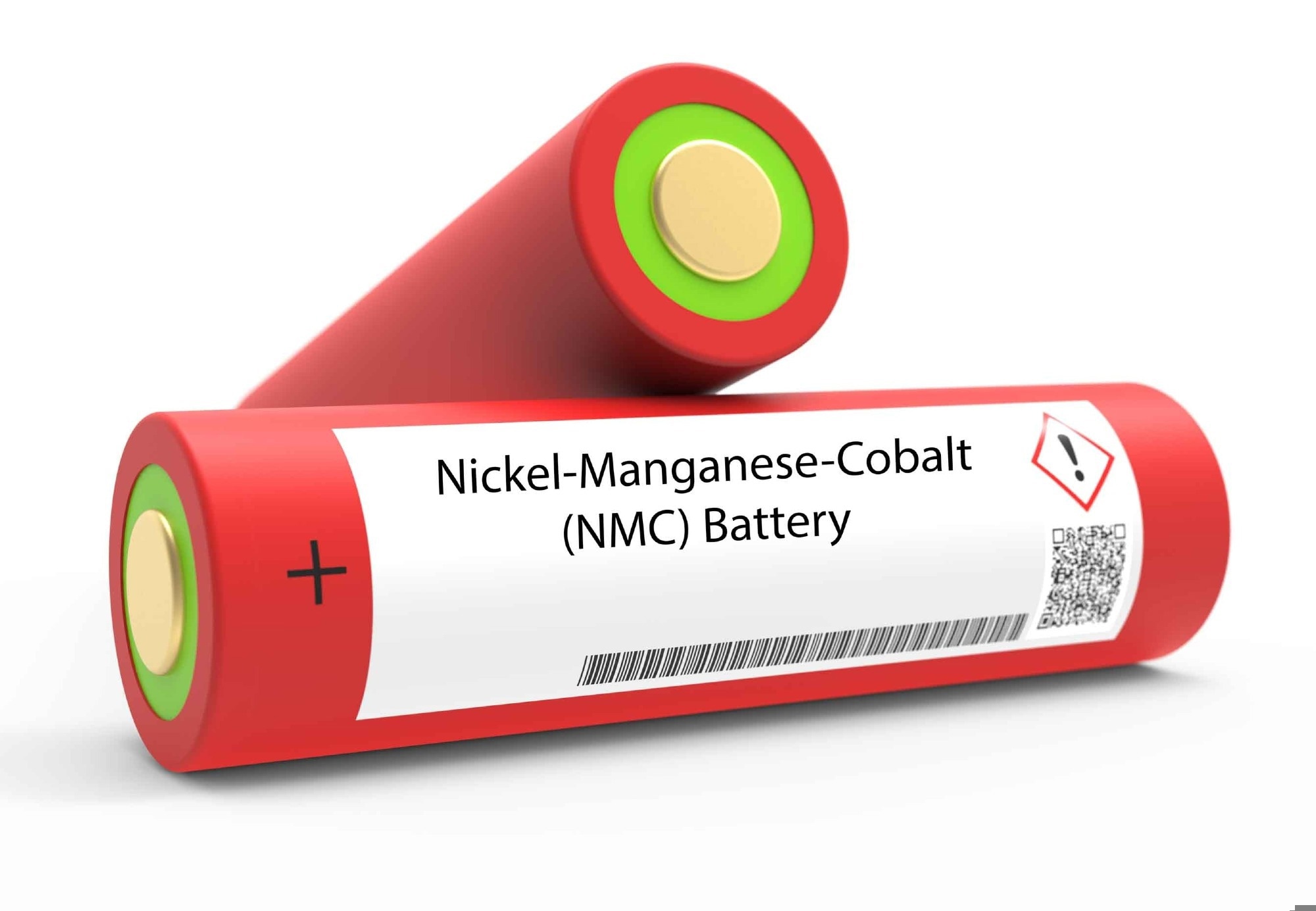A recent article in npj Materials Sustainability proposed reconstructing life cycle inventories (LCIs) for battery-grade nickel by breaking down current and emerging processing routes.
This method increased process granularity and revealed significant variability in climate impacts, with a difference of 74 kgCO2eq/kWh in the nickel sourcing of a nickel-manganese-cobalt (NMC-811) battery cell.

Image Credit: luchschenF/Shutterstock.com
Background
Parametrization helps target key improvements in a material’s supply chain, which can reduce the carbon footprint of battery cells. A quantified contribution analysis of material extraction and refining processes helps determine the ideal level of detail needed to reduce uncertainty in current battery cell LCIs.
This study focused on nickel, a key component in the NMC supply chain. A process-based method was developed to generate background LCIs for both current and future studies. These inventories offer greater granularity and improved technological representativeness.
Currently, the ecoinvent v.3.9.1 database lacks complete process-based LCIs for several key steps: nickel pig iron conversion, pressure oxidation (POX) leaching of sulfide ores, bioleaching of sulfidic tailings, and high-pressure acid leaching of nickel laterite ores. Additionally, no comparative LCA studies provide disaggregated, technology-specific inventories for battery-grade nickel production.
Methods
A sorting tool called the contribution algorithm was developed to map the contribution tree data required to characterize complex process systems. This tool was applied to global nickel sulfate production using data from the ecoinvent database. The algorithm was built in Python and integrated with OpenLCA using the Olca-IPC package.
Data was collected for each stage of the material value chain. Key components included energy sources, reagents, water use, major emissions, and land transformation for mining. Tailings production rate, disposal methods, and final composition were also considered to estimate the potential for heavy metal leakage into groundwater.
Inventory reconstruction covered the following value chain stages: mining, beneficiation, concentrate processing, and refining to the final product. Process models for each route were created using data from the literature and publicly available environmental impact assessments.
For the impact assessment, energy inputs and chemical use were disaggregated based on specific flowsheets. Embodied carbon dioxide emissions (CFNi) and energy use (ENi) were calculated for each pathway and converted into an equivalent driving distance (deq).
Results and Discussion
Among modeled pathways, the rotary-kiln-electric-furnace route for nickel pig iron was the most energy-intensive. It required about nine times more energy than laterite hydrometallurgy and 75 times more than bioleaching of sulfidic tailings. Direct embodied energy was a major contributor to climate impacts, primarily due to fossil fuel-based energy mixes.
Bioleaching was preferred over POX leaching for sulfide ores in regions with limited access to renewable electricity. Pyrometallurgical routes used more thermal energy, which is harder to decarbonize than electricity.
All modeled nickel sulfide processing pathways had lower climate change impacts than those found in the ecoinvent database. This was mainly because they included hydrometallurgy and bioleaching routes, which produce fewer emissions during concentrate processing. For these routes, chemical inputs were the main contributors to climate impacts during both refining and concentrate processing.
For a battery cell, the climate impact difference between using nickel from POX leaching and from nickel pig iron was 74 kgCO2eq/kWh. This translated to an ~18,000 km difference in equivalent driving distance when powered by a hydroelectric grid.
Six processing routes were evaluated across 18 environmental impact categories using the IMPACT WORLD+ v.1.29 method. The RKEF-NPI route posed the highest burden-shifting risks, including land transformation (171 %), photochemical oxidant formation (206 %), fossil and nuclear resource use (393 %), global warming potential (~650 %), and particulate matter production (1424 %).
Download your PDF copy now!
Conclusion
The study successfully reconstructed inventories by disaggregating current and emerging nickel processing routes. Increasing process granularity revealed significant variability in the climate impacts of nickel and nickel sulfate used in NMC battery cells.
Key contributors to environmental impacts were identified across six processing pathways. These included two mineral families—sulfide and laterite—and three processing methods: bioleaching, hydrometallurgy, and pyrometallurgy.
The preliminary assessment of impact categories also highlighted the need to improve fate models and to collect better data for often-overlooked inventory components, such as tailings.
Improving the technological representativeness of background LCIs is critical. This applies to both mineral processing pathways and associated chemicals and reductants. Enhancing this level of detail will support more consistent and environmentally responsible planning of battery cell industrial ecosystems.
Journal Reference
Roy, S., Moustafa, H., Vaidya, K., Harvey, J.-P., Fradette, L. (2025). Improving process granularity of life cycle inventories for battery-grade nickel. npj Materials Sustainability. DOI: 10.1038/s44296-025-00059-7, https://www.nature.com/articles/s44296-025-00059-7
Disclaimer: The views expressed here are those of the author expressed in their private capacity and do not necessarily represent the views of AZoM.com Limited T/A AZoNetwork the owner and operator of this website. This disclaimer forms part of the Terms and conditions of use of this website.